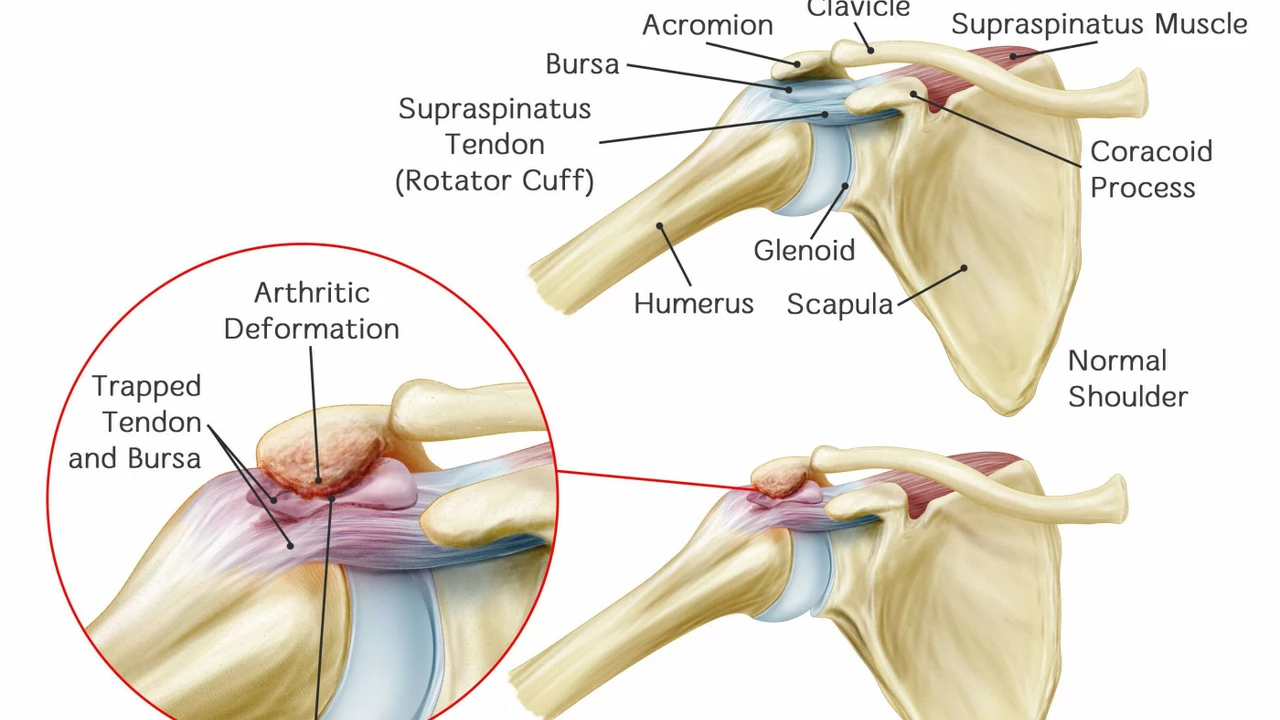Postprandial Distress Syndrome – What It Is and How to Ease It
If your stomach starts hurting, bloating, or feels full right after a meal, you might be dealing with postprandial distress syndrome (PPDS). It’s a type of functional dyspepsia that shows up only when you eat. Unlike food allergies, PPDS isn’t about an immune reaction; it’s more about how your gut reacts to the act of digestion.
Typical signs include early fullness, upper‑abdominal pain, nausea, and occasional burping. The discomfort usually peaks within 30 minutes to two hours after you eat and can last several hours. People often blame spicy foods or coffee, but the trigger can be as simple as a large portion or eating too fast.
Why Does PPDS Happen?
The exact cause isn’t fully understood, but researchers point to three main culprits:
- Delayed stomach emptying: Food stays longer in the stomach, stretching its walls and causing pain.
- Sensitivity of nerves lining the gut: Even normal amounts of food can feel painful if the nerves are oversensitive.
- Hormonal changes: Certain hormones that control digestion may be out of sync after a meal.
Stress, smoking, and caffeine can amplify these factors, making symptoms worse on bad days.
Quick Ways to Feel Better
Here are practical steps you can try the next time PPDS flares up:
- Eat smaller meals: Split your daily calories into five or six tiny portions. This reduces stomach stretch.
- Chew thoroughly: Aim for at least 20 chews per bite. Better chewing eases the workload on your stomach.
- Limit trigger drinks: Cut back on coffee, carbonated sodas, and alcohol during meals.
- Stay upright: Sit up straight while eating and avoid lying down for at least an hour afterward.
- Try ginger or peppermint tea: Both calm the gut and can reduce nausea without medication.
If lifestyle tweaks aren’t enough, over‑the‑counter antacids or prescription prokinetics (medications that speed up stomach emptying) may help. Talk to a pharmacist or doctor before starting any new drug.
Tracking what you eat and how you feel can reveal hidden patterns. Use a simple notebook or a free app to note meal size, ingredients, stress level, and symptoms. Over time you’ll spot the foods or habits that most often trigger your PPDS.
Remember, PPDS isn’t dangerous, but it can ruin meals and affect quality of life. By making small, consistent changes—like smaller plates, slower eating, and mindful food choices—you can keep the discomfort at bay and enjoy meals again.
Acotiamide: A Breakthrough Treatment for Postprandial Distress Syndrome
Well, folks, it's time to talk about Acotiamide, our new superhero in the medical world, saving the day for people suffering from Postprandial Distress Syndrome (PDS). Now you may be thinking, "What's that when it's at home?" It's a fancy term for feeling bloated or uncomfortable after meals - a bit like you've eaten a whole Christmas dinner in one sitting! But guess what? Acotiamide has swooped in to deal with this problem, like a medical Batman! This breakthrough treatment has shown remarkable results, improving symptoms and enhancing life quality. So, if PDS has been your uninvited dinner guest, it might be time to show it the door with Acotiamide. Trust me, your tummy will thank you!
read more

